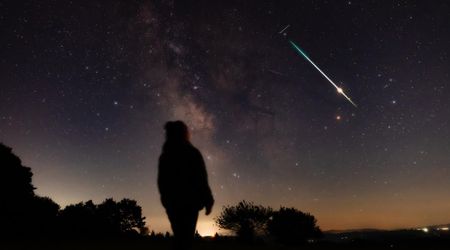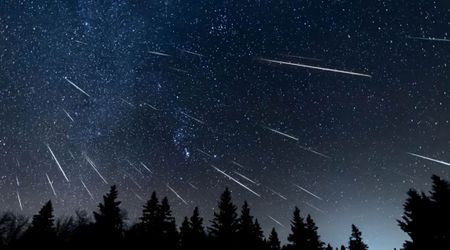Draconid meteor shower 2025: Easy watching tips from NASA
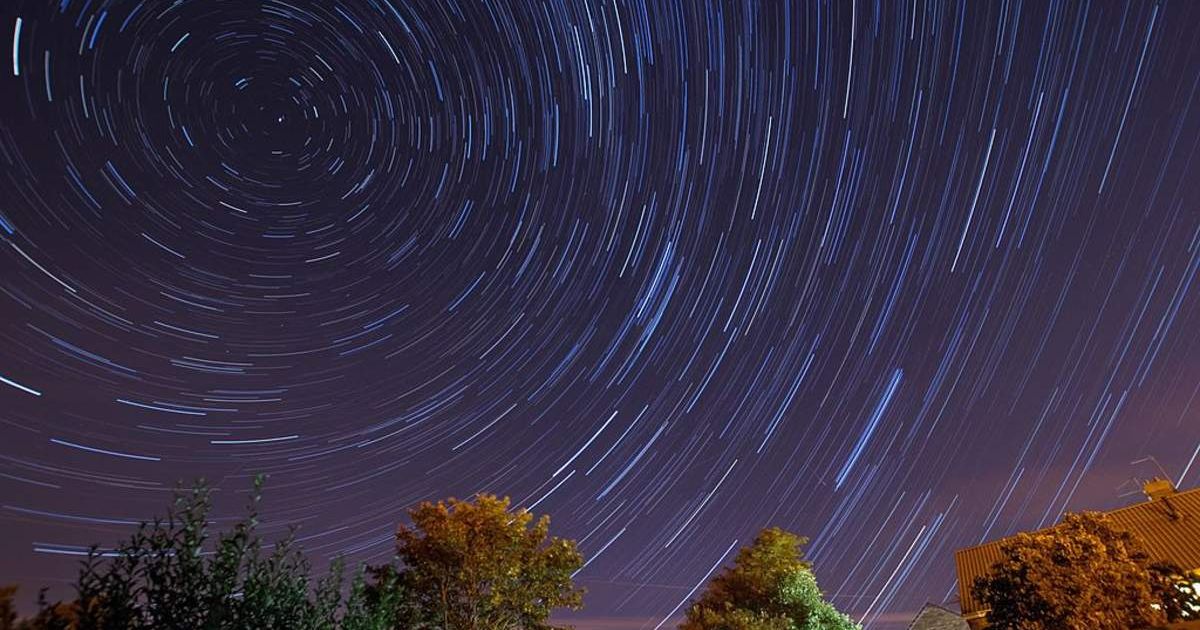
The celestial calendar marks the beginning of October's meteor season with the brief appearance of the Draconid meteor shower, active from October 6 to 10. This annual event, the first of two anticipated this month, stems from Earth's passage through the dusty debris left by Comet 21P Giacobini-Zinner, as per NASA.
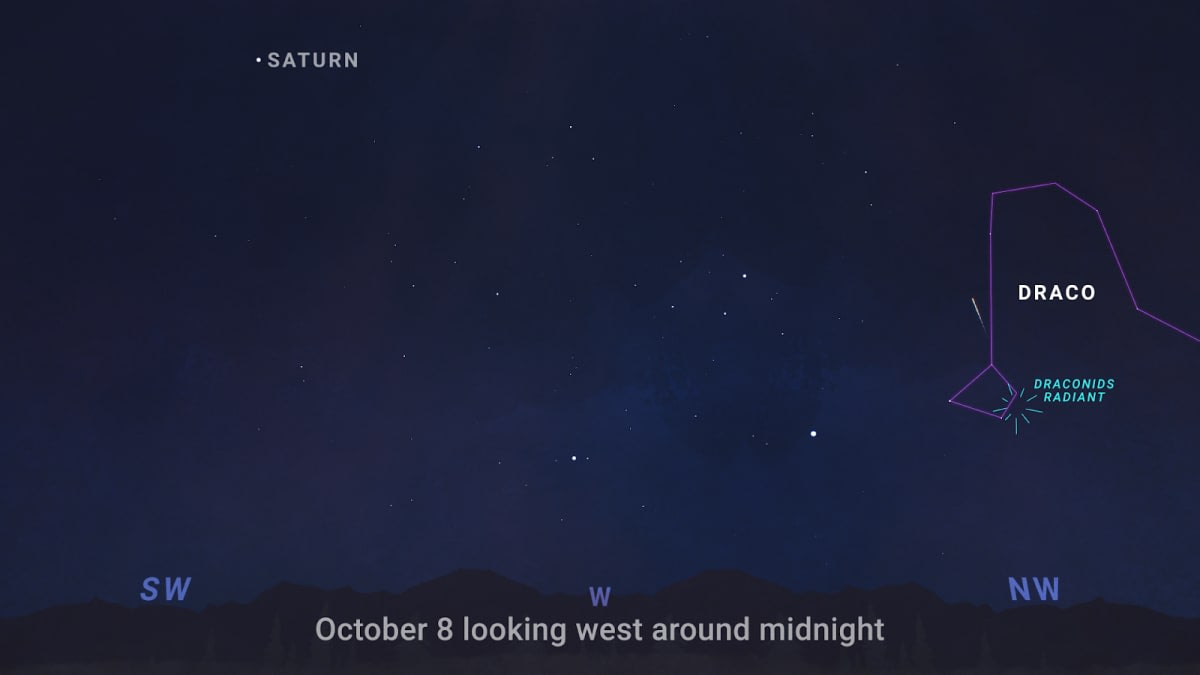
These shooting stars, which are comet fragments vaporizing in the atmosphere, emanate from the vicinity of the constellation Draco the Dragon in the northern sky. Viewers who manage to find a truly dark location between the 6 and 10 may observe a modest display of up to 10 meteors per hour. However, astronomers caution that the simultaneous presence of a supermoon on October 6 will significantly brighten the sky, potentially washing out all but the most brilliant streaks. Enthusiasts are advised to prioritize finding clear, dark conditions to maximize their chances of spotting the Draconids.
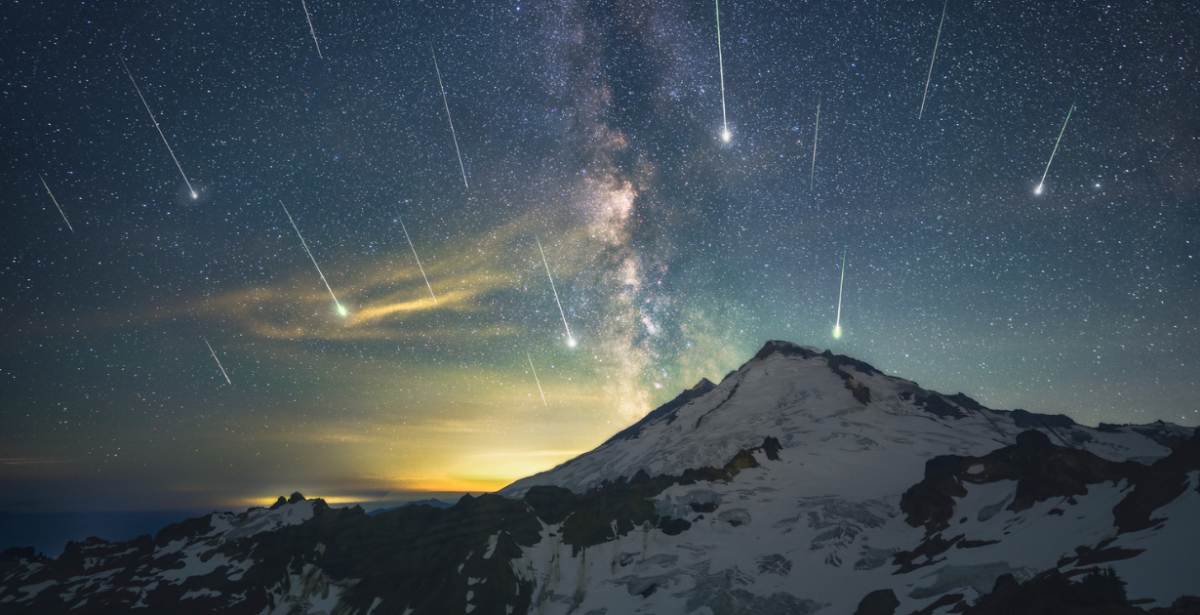
The source of the Draconid shower, the short-period Comet 21P/Giacobini-Zinner, is a relatively small body that orbits the sun every 6.6 years, traveling from as close as Earth's orbit out to just beyond Jupiter. Unlike other showers with uniformly spread debris, the Draconids' dust is concentrated near the comet itself. According to Earth Sky, this clustering is what can lead to a massive surge in activity, sometimes called a meteor storm.
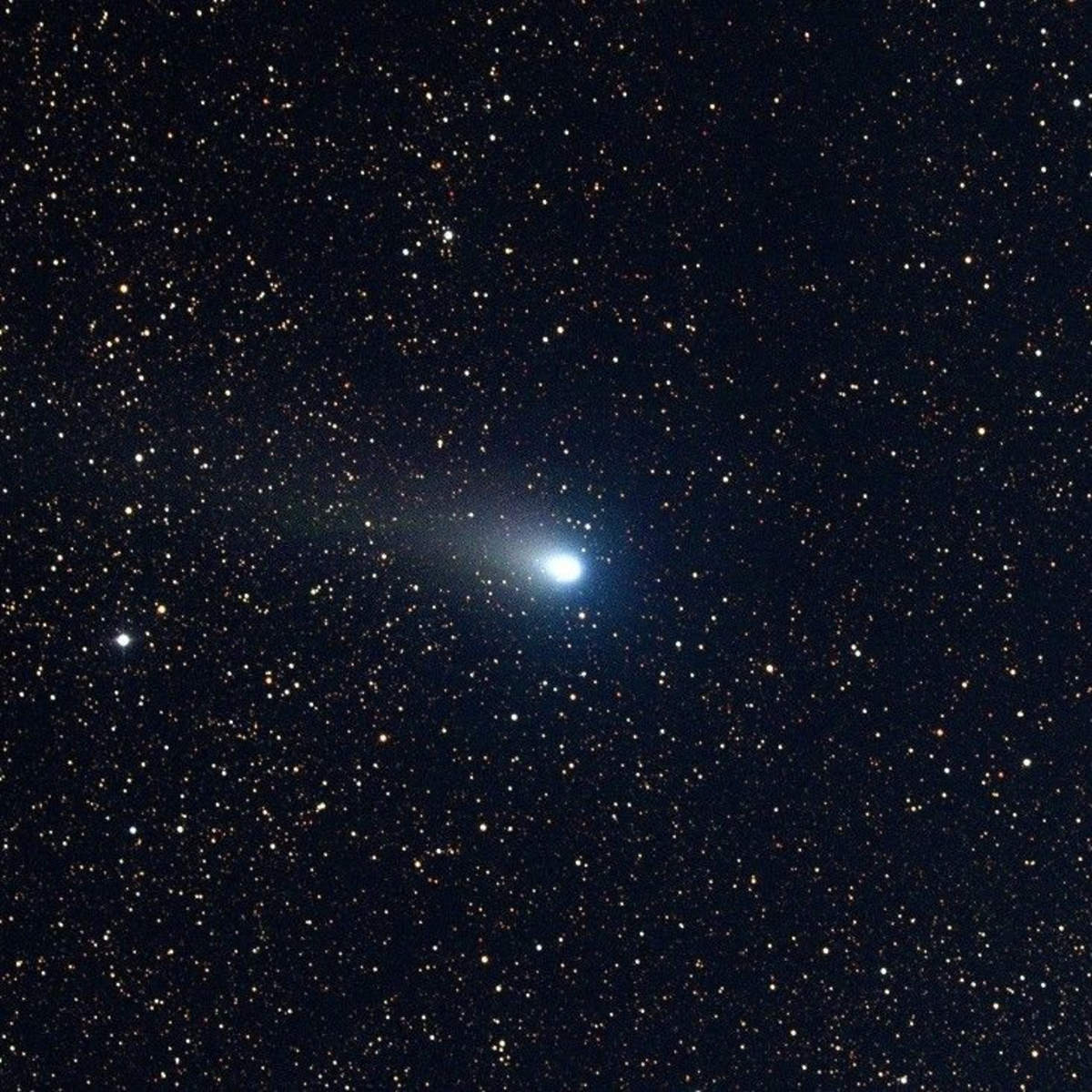
Records show the shower has generated spectacular storms, including events in 1933 and 1946 that produced several thousand visible meteors an hour. While subsequent returns in 1985, 1998, and 2018 delivered only increased, rather than storm-level numbers, European observers recorded an outburst of over 600 meteors per hour as recently as 2011. The comet completed its most recent trip around the sun, its perihelion passage, on March 29, 2025. This close approach to the sun means the dense debris trails are currently near Earth's orbital path, sparking speculation among experts about a possible increase in meteor counts this year. While a full-blown meteor storm is considered unlikely, the proximity of the parent comet means observers should be prepared for a potentially surprising display.
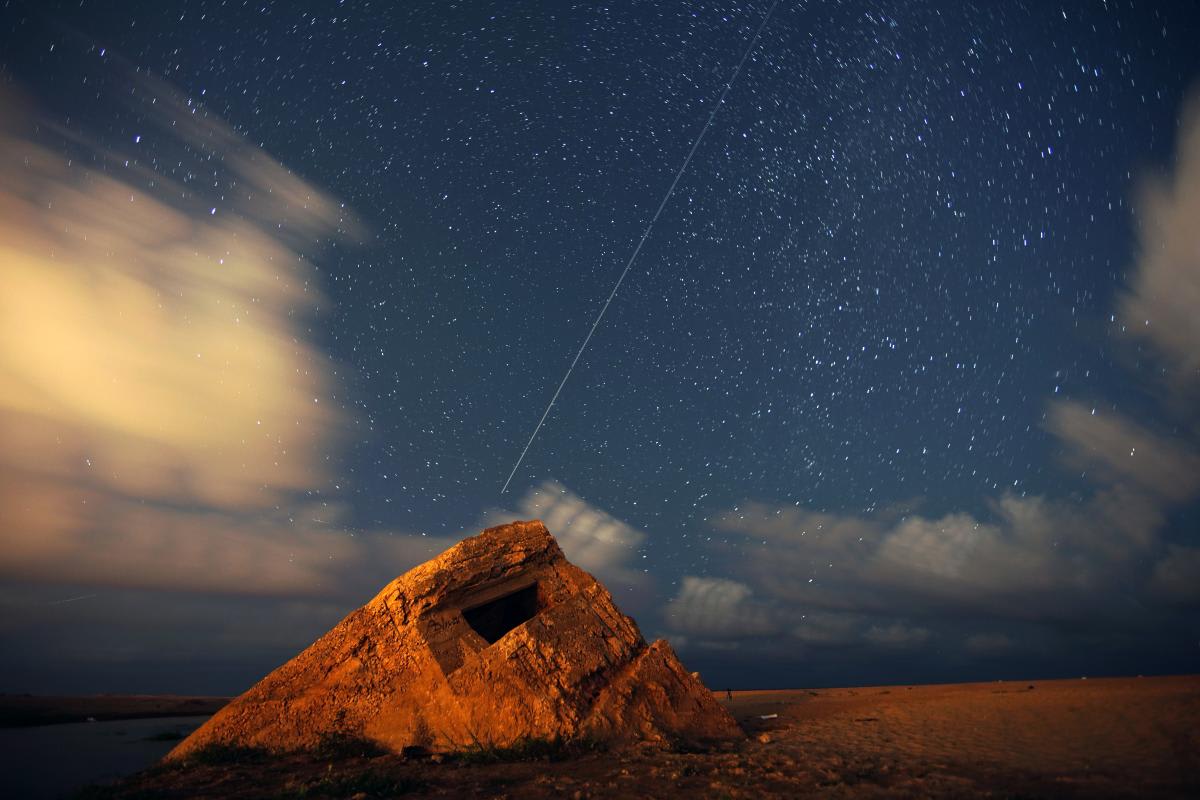
The Draconids are ideally suited for the Northern Hemisphere due to their radiant point's location high in the northern sky. The meteors appear to stream from the head of the constellation Draco, the Dragon, near the bright stars Eltanin and Rastaban. Uniquely, the Draconids are best viewed in the early evening hours, as the radiant point is highest as night falls.
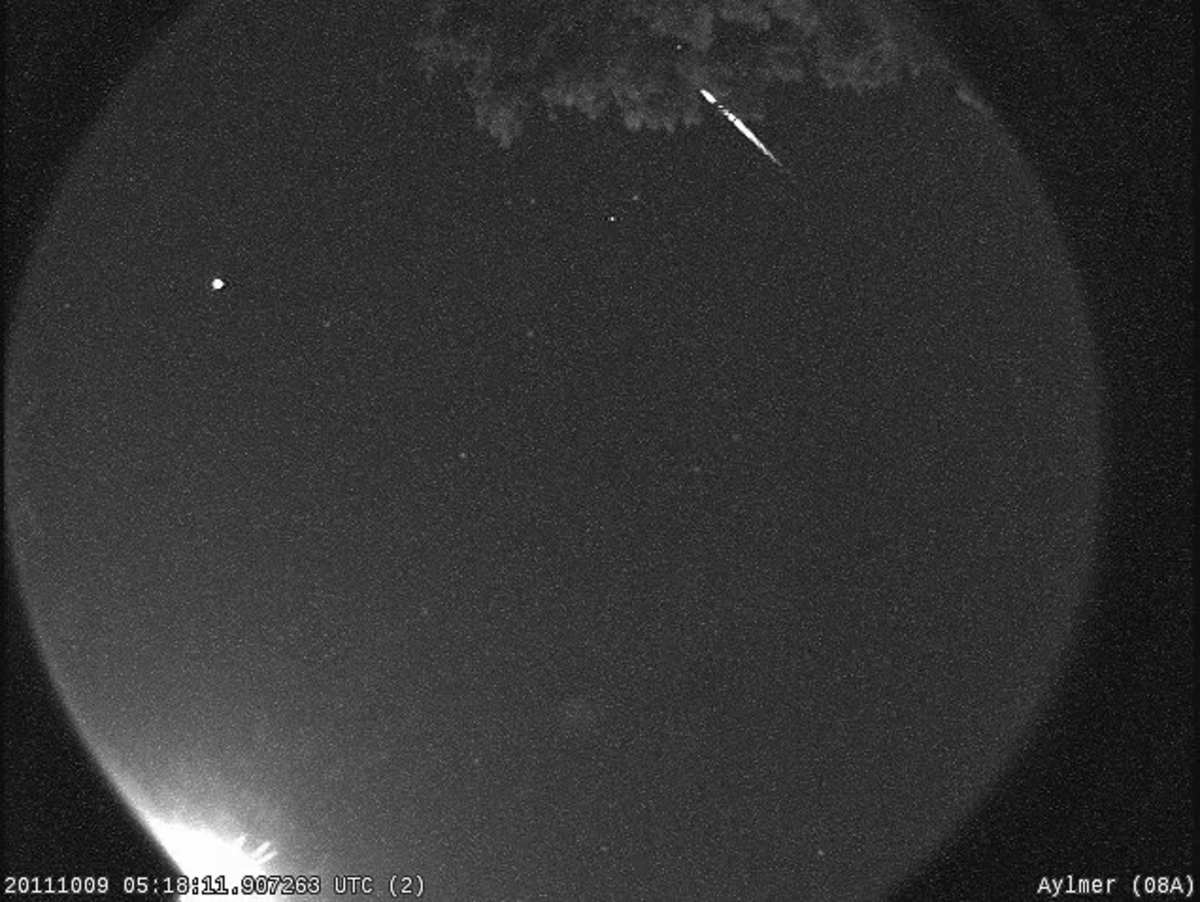
The constellation sinks lower toward the horizon as the night progresses. Sky-watchers don't need to pinpoint the Dragon to enjoy the shower, as the meteors can be seen flying across any part of the sky, but finding Draco is a helpful starting point. The most intense activity for the Draconid shower, also known as the Giacobinids, is expected on the evening of October 8 and into the predawn hours of October 9.
More on Starlust
First supermoon of 2025 to light up the sky today—when to spot it in its full glory
